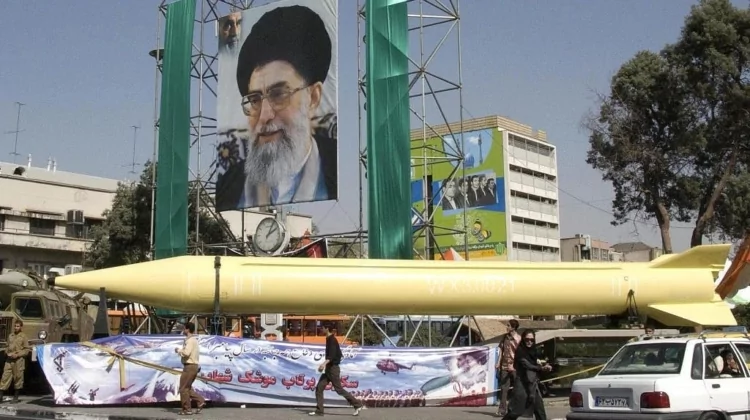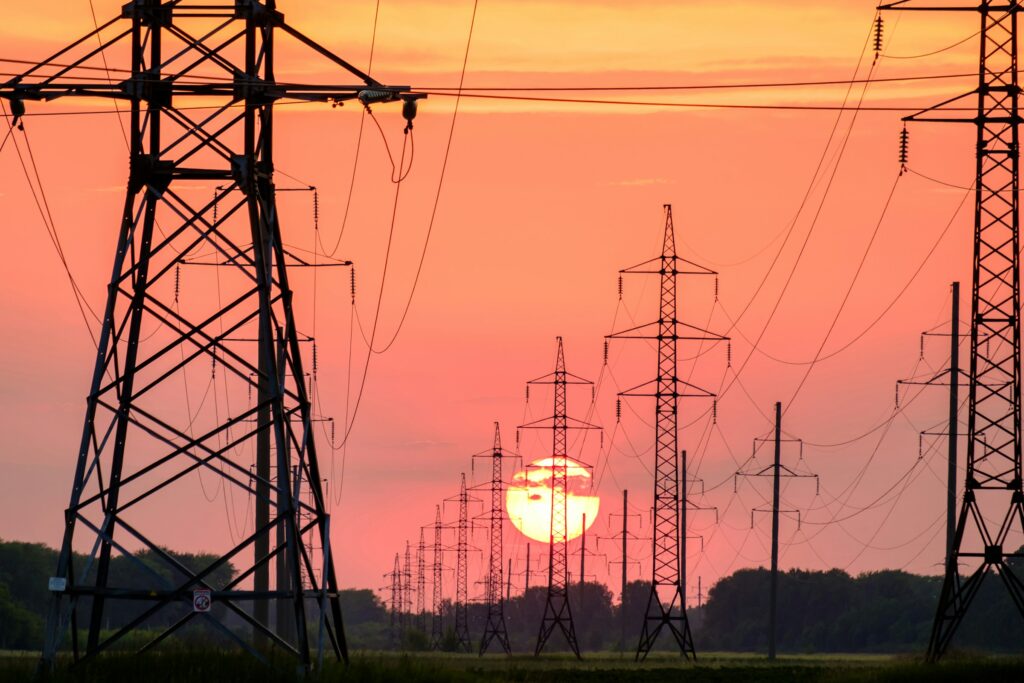Iran has massive gas reserves and much cheaper power than we do.
Iran has some of the cheapest electricity prices in the world. The average cost of electricity in the United States per kilowatt hour is $0.181.
In Iran it’s $0.004.
A country where electricity is vastly cheaper than America isn’t looking to lower power costs.
Iran joins Libya, Kuwait, Iraq, Oman, Qatar and other oil-rich countries as having some of the cheapest electricity prices in the world. Countries with vast energy reserves and production don’t need nuclear energy the way that Germany or France, which depend on imports, do.
Saudi Arabia, with $0.053 electricity, did not begin pursuing a nuclear program because it needed to lower its energy costs. Neither did the UAE. The Saudis and Emiratis became interested in developing a “civilian” nuclear program only as Iran’s nuclear program took off.
If Iran were developing a nuclear program to lower energy costs, it would have long ago dropped the program after sanctions cost its economy an estimated $1 trillion. Losing $1 trillion to shave a few more fractions of a cent off the average cost of a kilowatt makes no sense.
Iran is not interested in peaceful applications of nuclear energy, but in nuclear weapons. That’s why it’s been willing to lose $1 trillion and go to war to protect its nuclear program.
Despite these obvious common sense facts, the Obama administration and some figures in the current administration insist on pretending that a deal can be made to keep Iran’s nuclear program peaceful. The idea is just as false in 2025 as it was in 2015 when Obama pushed his Iran deal premised on the idea that an Islamic terror state with oil coming out of the ground has lost $1 trillion and gone to the brink of war to lower electricity costs from $0.004 to $0.003.
Consider Iran’s Bushehr nuclear power plant. Under construction since the 90s, its 1,000 megawatts is a drop in the bucket compared to the billions spent on constructing it. (Iran has variously claimed to have spent either $1.7 billion or $4 billion on the plant.)
One of the world’s largest energy producers would not be going to war to add 1,000 megawatts.
Despite Bushehr and the rest of Iran’s extensive and growing nuclear infrastructure, Iran gets only 1% of its electricity from nuclear power. Iran gets most of its actual electricity (86%) from natural gas. And Iran’s natural gas cost is $0.001 per kWh for residential customers (vs $0.081 on average in the world).
With 1.2 trillion cubic feet of natural gas, one of the biggest reserves in the world, Iran has all the energy it needs under its feet. Even without adding the $1 trillion cost of sanctions, the numbers for using nuclear power plants to generate electricity for homes and businesses make no economic sense.
Over 95% of Iranian households depend on gas. And Iran has so much power that it exports electricity to nearby Iraq. Despite putting on a facade of power and gas shortages to justify its nuclear power program, that’s not because Iran doesn’t have enough gas, but because it prioritizes exports over its domestic market, and uses the revenues for international terrorism. --->READ MORE HEREWhich Countries Have the Cheapest Electricity Prices?
Electricity prices can vary massively from country to country. Factors such as domestic resources, government policies and economic stability can all influence the cost and availability of electricity.
In some countries, electricity can be significantly cheaper than in others. This can help to be a boost to the economy, encouraging industry and lessening the financial impact on those who live there. Using the latest data from Global Petrol Prices, we found the countries with the cheapest electricity prices and investigated exactly why they can keep energy rates so low.
Iran
Iran has the cheapest electricity prices in the world at $0.002 per kWh. There are a number of factors that contribute to Iran’s low electricity prices, including the country’s abundance of natural gas and oil. Iran has the third-largest proved oil reserves and the second-largest natural gas reserves in the world. Because Iran does not need to import fossil fuels, like many other countries, it can supply electricity at a much cheaper rate.
Energy in Iran is largely controlled by the state, meaning the government can set electricity prices without market influence, so they can keep rates low. The government heavily subsidises electricity prices – in 2019, 19% of GDP was spent on energy subsidies. The aim behind this is to ensure energy is affordable for the entire population and also to help support local industry and encourage economic growth.
Whilst currently nuclear power and renewable energy sources only account for 1% of Iran’s Total Energy Supply (TES), the country does have the ability to generate significant power from solar. Iran is located near the equator, and it’s reported that 90% of the land area could provide solar power for at least 300 days a year. Iran now has a plan to introduce 10,000 megawatts of renewable electricity to the grid by the end of 2025. --->READ MORE HERE
If you like what you see, please "Like" and/or Follow us on FACEBOOK here, GETTR here, and TWITTER here.



No comments:
Post a Comment